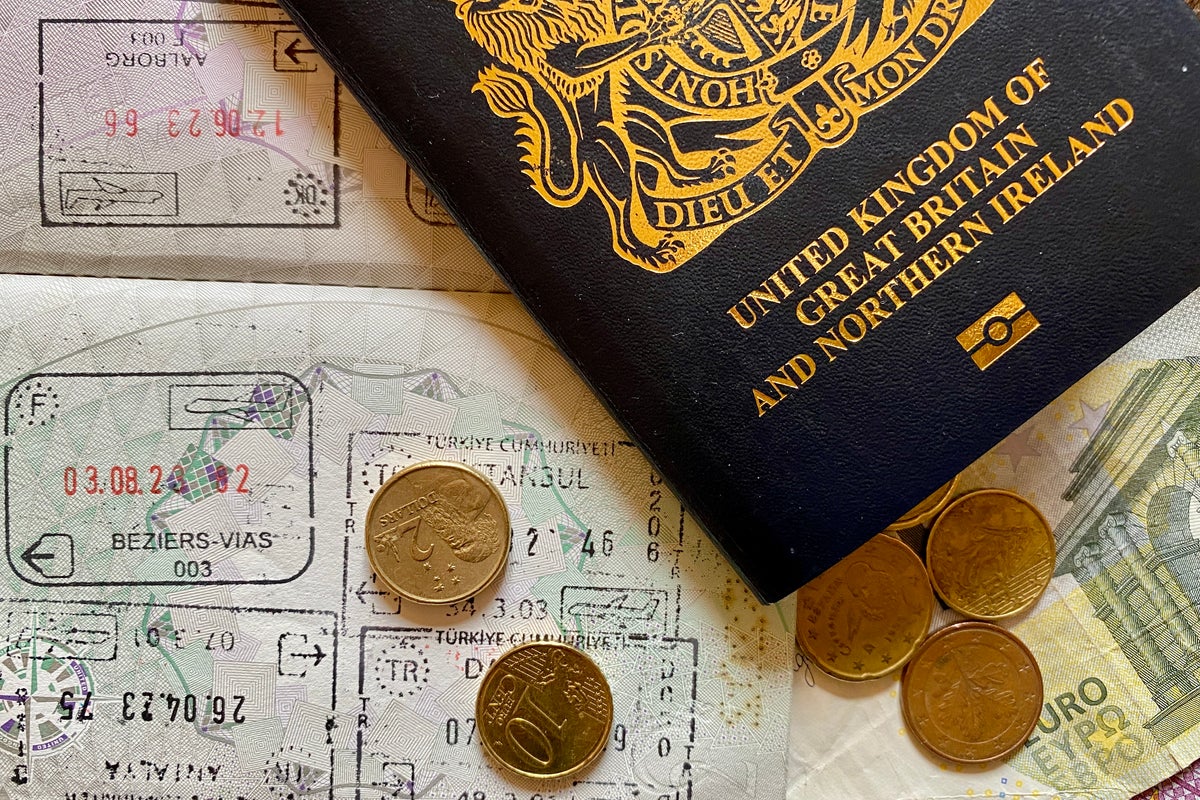Metals on the deep-ocean floor produce ‘dark oxygen‘ 13,000 feet below the surface, a new study has suggested.
The finding challenges long-held assumptions that only photosynthetic organisms – those which use sunlight, water and carbon dioxide to create fuel and oxygen – such as plants and algae generate Earth’s oxygen.
It may even call into question how life on Earth began.
The study indicates oxygen also can be produced on the seafloor, where no light reaches, in order to support the oxygen-breathing (aerobic) sea life living in complete darkness.
Andrew Sweetman, of the Scottish Association for Marine Science (SAMS), made the “dark oxygen” discovery while conducting ship-based fieldwork in the Pacific Ocean.
We now know that there is oxygen produced in the deep sea, where there is no light
He said: “For aerobic life to begin on the planet, there had to be oxygen, and our understanding has been that Earth’s oxygen supply began with photosynthetic organisms.
“But we now know that there is oxygen produced in the deep sea, where there is no light. I think we, therefore, need to revisit questions like: Where could aerobic life have begun?”
Prof Sweetman made the discovery while sampling the seabed of the Clarion-Clipperton Zone, a mountainous submarine ridge along the seafloor that extends nearly 4,500 miles along the north-east quadrant of the Pacific Ocean.
When they initially detected oxygen, he assumed the equipment must be broken.
“When we first got this data, we thought the sensors were faulty because every study ever done in the deep sea has only seen oxygen being consumed rather than produced,” Prof Sweetman said.
“We would come home and recalibrate the sensors, but, over the course of 10 years, these strange oxygen readings kept showing up.”
The scientists then decided to try a different method, but this produced the same result.
Prof Sweetman said: “When both methods came back with the same result, we knew we were onto something ground-breaking and unthought-of.”
Natural mineral deposits called polymetallic nodules that form on the ocean floor sit at the heart of the discovery.
A mix of various minerals, they can measure anywhere between tiny particles and an average potato in size.
Co-author Franz Geiger, of Northwestern University, US, said: “The polymetallic nodules that produce this oxygen contain metals such as cobalt, nickel, copper, lithium and manganese — which are all critical elements used in batteries.
“Several large-scale mining companies now aim to extract these precious elements from the seafloor at depths of 10,000 to 20,000 feet below the surface.
“We need to rethink how to mine these materials, so that we do not deplete the oxygen source for deep-sea life.”
In previous research, Prof Geiger found that rust, when combined with saltwater, can generate electricity.
The researchers investigated whether the deep-ocean’s nodules generated enough electricity to produce oxygen – just 1.5 volts — the same voltage as a typical AA battery — is enough to split seawater.
Voltages of up to 0.95 volts were recorded on the surface of single nodules, and when multiple nodules clustered together, the voltage can be much more significant, just like when batteries are connected in a series, the study found.
Prof Geiger said: “It appears that we discovered a natural ‘geobattery’.
“These geobatteries are the basis for a possible explanation of the ocean’s dark oxygen production.”
The findings are published in the journal Nature Geoscience.
Source: independent.co.uk



